BMW iX1 vs Tesla Model 3 – Differences & prices compared
Compare performance, boot space, consumption and price in one view.
Find out now: which car is the better choice for you – BMW iX1 or Tesla Model 3?
The BMW iX1 (SUV) comes with a Electric engine and Automatic transmission. In comparison, the Tesla Model 3 (Hatchback) features a Electric engine with Automatic transmission.
When it comes to boot capacity, the BMW iX1 offers 490 L, while the Tesla Model 3 provides 594 L – depending on how much space you need. If you’re looking for more power, decide whether the 313 HP of the BMW iX1 or the 627 HP of the Tesla Model 3 suits your needs better.
In terms of consumption, the values are 15.80 kWh per 100 km for the BMW iX1, and 13.20 kWh for the Tesla Model 3.
Price-wise, the BMW iX1 starts at 41800 £, while the Tesla Model 3 is available from 34300 £. Compare all the details and find out which model fits your lifestyle best!
In the competitive realm of electric vehicles, the BMW iX1 and Tesla Model 3 stand out for their unique strengths. The iX1 offers a luxurious interior and a versatile design, making it an appealing choice for those seeking comfort and practicality. On the other hand, the Tesla Model 3 impresses with its cutting-edge technology and impressive range, positioning it as a frontrunner for tech-savvy drivers.
BMW iX1
The BMW iX1 stands out as a versatile addition to the electric vehicle market, seamlessly combining compact dimensions with advanced electric technology. Its sophisticated design elements and premium interiors ensure a luxurious driving experience, while the vehicle's performance focuses on delivering both efficiency and agility. With enhanced connectivity features and an emphasis on sustainability, this model represents a significant step forward in BMW's commitment to a greener future.
details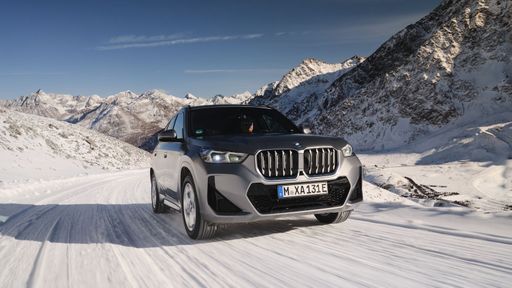 @ press.bmwgroup.com
@ press.bmwgroup.com
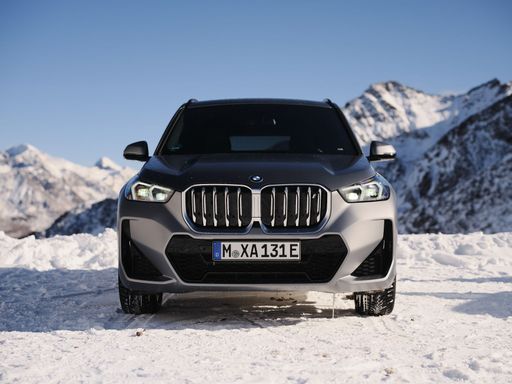 @ press.bmwgroup.com
@ press.bmwgroup.com
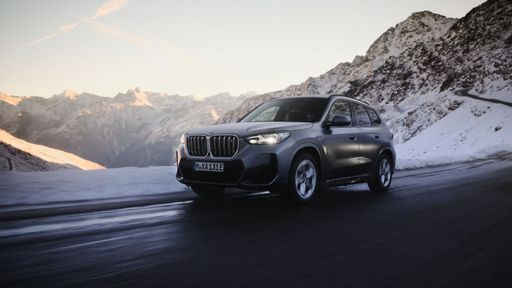 @ press.bmwgroup.com
@ press.bmwgroup.com
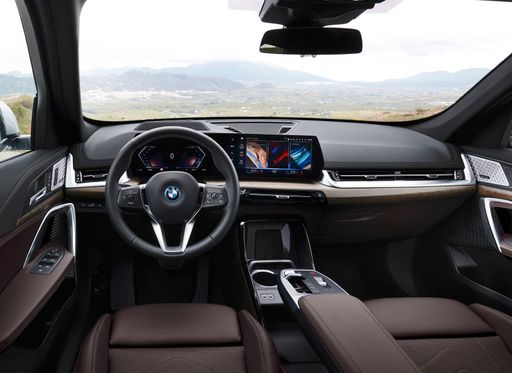 @ press.bmwgroup.com
@ press.bmwgroup.com
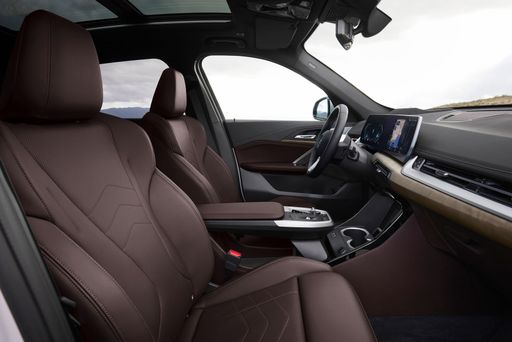 @ press.bmwgroup.com
@ press.bmwgroup.com
Tesla Model 3
The Tesla Model 3 stands out in the electric vehicle market with its sleek design and impressive performance capabilities. It offers a seamless driving experience that combines advanced technology with minimalistic interiors, creating a futuristic feel on the road. Additionally, its range and charging infrastructure make it a practical choice for both city commuting and longer journeys.
details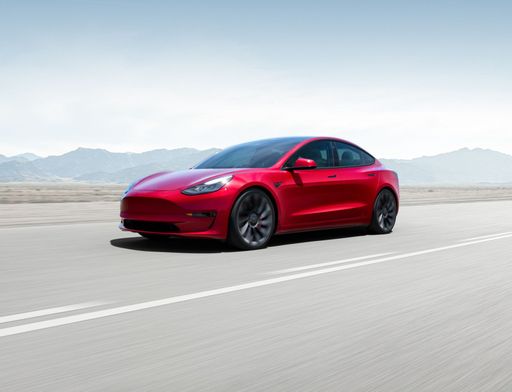 @ tesla.com
@ tesla.com
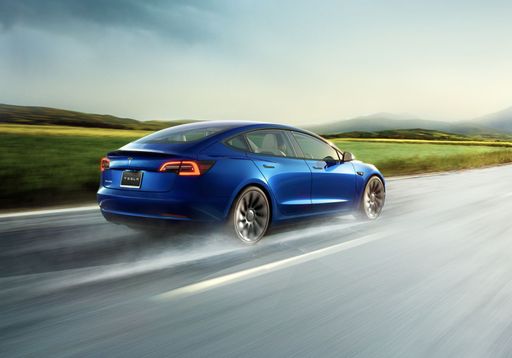 @ tesla.com
@ tesla.com
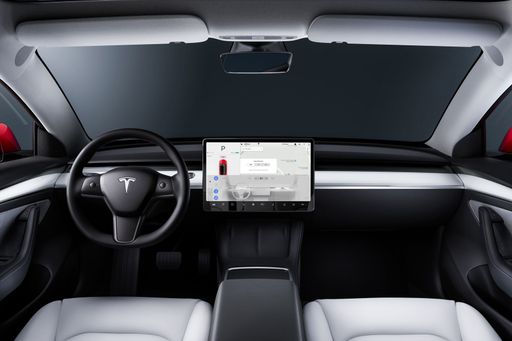 @ tesla.com
@ tesla.com
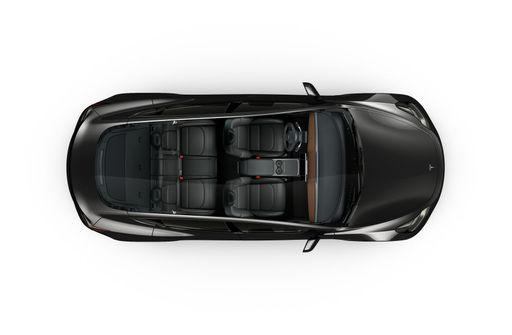 @ tesla.com
@ tesla.com
The electric vehicle market is rapidly expanding, with numerous options available for eco-conscious consumers. Among the latest contenders are the BMW iX1 and the Tesla Model 3, both offering innovative features and impressive performance. In this comparison, we'll delve into the technical specifications, design, and unique offerings of both vehicles to help you make an informed decision.
Design and Body Type
The BMW iX1 presents itself as a modern electric SUV, designed with practicality and style. Measuring 4500 mm in length, 1845 mm in width, and 1616 mm in height, it provides ample interior space with a trunk capacity of 490 liters. Its stylish exterior is complemented by a robust and spacious interior suitable for families.
On the other hand, the Tesla Model 3 adopts a more streamlined hatchback design. Slightly longer at 4720 mm, it features a Width of 1850 mm and a Height of 1441 mm. With a larger trunk capacity of 594 liters, it offers additional cargo space, enhancing its practicality for everyday use.
Powertrains and Performance
In terms of power, the BMW iX1 offers two variants: front-wheel drive with 204 HP and all-wheel drive with 313 HP. These variations provide consumers with options depending on their performance needs. The iX1 can accelerate from 0 to 100 km/h in 8.6 seconds for the base model and 5.6 seconds for the higher variant. It boasts an electric range of up to 463 km with an energy consumption of 15.8 kWh/100km, making it a feasible choice for long-distance drives.
Conversely, the Tesla Model 3, available in multiple configurations, ranges from 283 HP to 460 HP. The acceleration is impressively swift, with the top model achieving 0 to 100 km/h in just 3.1 seconds. With a maximum electric range of 702 km and an energy consumption as low as 12.5 kWh/100km, the Model 3 pushes the boundaries of efficiency and performance.
Driving Experience and Innovations
The BMW iX1 employs advanced driving assistance technologies and offers an engaging driving experience typical of BMW vehicles. Its all-wheel-drive option adds versatility for various driving conditions, enhancing traction and stability.
In contrast, the Tesla Model 3 is celebrated for its cutting-edge autopilot capabilities. The vehicle not only focuses on autonomous driving features but also integrates a minimalist, tech-forward cabin equipped with a large touchscreen interface that controls nearly all functions, making it a unique experience in the automotive landscape.
Interior Comfort and Technology
Both vehicles come equipped with spacious interiors that prioritize comfort and contemporary aesthetics. The iX1 features high-quality materials and a driver-focused dashboard that retains BMW's classic appeal while integrating modern technology. Passengers enjoy generous legroom and multiple connectivity options.
Meanwhile, the Tesla Model 3 is renowned for its spaciousness and futuristic design. The absence of many physical buttons is offset by a highly responsive touchscreen that governs everything from climate control to navigation, providing a clean and uncluttered cabin ambiance. The rear seating provides generous space, enhancing comfort for longer journeys.
Conclusion
When considering the BMW iX1 and the Tesla Model 3, both vehicles present impressive attributes in the electric car sector. The BMW iX1 is a solid choice for those seeking a stylish and versatile SUV with traditional driving dynamics, whereas the Tesla Model 3 excels in technological innovations and performance efficiency. Ultimately, your choice will depend on your preferences for style, space, power, and the desire for high-tech features.

|

|
|
|
|
Costs and Consumption |
|
|---|---|
|
Price
41800 - 54600 £
|
Price
34300 - 50100 £
|
|
Consumption L/100km
-
|
Consumption L/100km
-
|
|
Consumption kWh/100km
15.8 - 17.1 kWh
|
Consumption kWh/100km
13.2 - 16.7 kWh
|
|
Electric Range
436 - 463 km
|
Electric Range
513 - 702 km
|
|
Battery Capacity
64.80 kWh
|
Battery Capacity
62 - 79 kWh
|
|
co2
0 g/km
|
co2
0 g/km
|
|
Fuel tank capacity
-
|
Fuel tank capacity
-
|
Dimensions and Body |
|
|---|---|
|
Body Type
SUV
|
Body Type
Hatchback
|
|
Seats
5
|
Seats
5
|
|
Doors
5
|
Doors
5
|
|
Curb weight
1940 - 2085 kg
|
Curb weight
1822 - 1929 kg
|
|
Trunk capacity
490 L
|
Trunk capacity
594 L
|
|
Length
4500 mm
|
Length
4720 - 4724 mm
|
|
Width
1845 mm
|
Width
1850 mm
|
|
Height
1616 mm
|
Height
1431 - 1440 mm
|
|
Payload
495 kg
|
Payload
303 - 333 kg
|
Engine and Performance |
|
|---|---|
|
Engine Type
Electric
|
Engine Type
Electric
|
|
Transmission
Automatic
|
Transmission
Automatic
|
|
Transmission Detail
Reduction Gearbox
|
Transmission Detail
-
|
|
Drive Type
Front-Wheel Drive, All-Wheel Drive
|
Drive Type
Rear-Wheel Drive, All-Wheel Drive
|
|
Power HP
204 - 313 HP
|
Power HP
283 - 627 HP
|
|
Acceleration 0-100km/h
5.6 - 8.6 s
|
Acceleration 0-100km/h
3.1 - 6.1 s
|
|
Max Speed
170 - 180 km/h
|
Max Speed
201 - 262 km/h
|
|
Torque
250 - 494 Nm
|
Torque
420 - 660 Nm
|
|
Number of Cylinders
-
|
Number of Cylinders
-
|
|
Power kW
150 - 230 kW
|
Power kW
208 - 461 kW
|
|
Engine capacity
-
|
Engine capacity
-
|
General |
|
|---|---|
|
Model Year
2022 - 2023
|
Model Year
2023 - 2024
|
|
CO2 Efficiency Class
A
|
CO2 Efficiency Class
A
|
|
Brand
BMW
|
Brand
Tesla
|
BMW iX1
A New Era of Innovation: Meet the BMW iX1
The automotive world has seen a seismic shift towards sustainability and electrification, and BMW has solidified its place in this evolution with the introduction of the BMW iX1. As a fully electric SUV, the iX1 serves as a testament to how luxury, performance, and eco-consciousness can harmoniously blend in the modern automotive landscape.
Exquisite Design Meets Purposeful Engineering
The BMW iX1 is not just an electric vehicle; it's an embodiment of cutting-edge design and technology. With its bold SUV silhouette, the iX1 boasts dimensions of 4500 mm in length, 1845 mm in width, and 1616 mm in height, providing a spacious yet agile presence on the road. Its dynamic aesthetic is complemented by an aerodynamic form that enhances efficiency, offering a drag coefficient that rivals traditional SUV models.
Powertrain and Performance Specifications
Beneath the hood of the BMW iX1 lays an electric motor that signifies the future of automotive engineering. Available variants offer power outputs ranging from 204 to 313 PS (150 to 230 kW). The iX1 comes with either a front-wheel or all-wheel drivetrain, catering to different driving preferences. The xDrive30 variant, in particular, features all-wheel drive, delivering up to 313 PS for those who crave enhanced traction and control.
With a commendable electric consumption of 15.8 to 17.1 kWh per 100 km, the iX1 strikes a fine balance between power and efficiency. Its acceleration stats are equally impressive, with the ability to go from 0-100 km/h in as little as 5.6 seconds. This ensures that while it's eco-friendly, it does not compromise on the exhilaration factor. The vehicle can reach a top speed range between 170 and 180 km/h.
A Journey Without Interruptions: Range and Battery Life
The iX1's battery, boasting a capacity of 64.8 kWh, provides a substantial driving range of 436 to 463 km on a single charge, depending on the variant. This means long road trips are not only feasible but enjoyable, eliminating the range anxiety often associated with electric vehicles.
Comfort and Technological Interior
Inside, the iX1 exemplifies BMW’s commitment to luxury and innovation. It’s a five-seater SUV designed with comfort at its forefront, featuring advanced technological interfaces that enrich the driving experience. The spacious cabin offers 490 litres of boot space, ensuring practicality without sacrificing style.
In terms of monthly costs, owning an iX1 can range between €1,147 and €1,453, considering the zero-emission appeal with a CO2 efficiency class of A.
The Financial Aspect of Sustainability
With a price range from €48,400 to €63,140, the BMW iX1 isn't just a vehicle—it's an investment in sustainable motoring. Factoring in a cost of around 45.9 to 58.1 cents per kilometre, the iX1 offers an economically viable option for the eco-conscious driver.
Conclusion: The Future Is Now
The BMW iX1 stands as a beacon of what the future holds for zero-emission vehicles. With a melding of sustainability, performance, and luxury, it's not just a car, but a glimpse into the next chapter of automotive history.
Tesla Model 3
Introduction to the Tesla Model 3
The Tesla Model 3 has quickly become a beacon of innovation in the world of electric vehicles (EVs), embodying a perfect blend of performance, technology, and sustainability. Known for redefining the electric car experience, the Model 3 stands as a testament to Tesla's commitment to pushing the boundaries of automotive design and engineering.
Design and Build
With its sleek fastback silhouette, the Tesla Model 3 is not only visually captivating but also aerodynamically efficient. Measuring at 4720 mm in length, 1850 mm in width, and 1441 mm in height, it optimally combines aesthetics with functionality. The Model 3 boasts a 594-litre boot space, offering ample room for everyday storage needs. Built with environmental efficiency in mind, its CO2 efficiency rating stands proudly at a perfect A, making it an ideal choice for the eco-conscious driver.
Powertrain and Performance
Under the bonnet, the Model 3 offers a diverse range of powertrains. It is available in both rear-wheel drive (RWD) and all-wheel drive (AWD) options, catering to different driving preferences. The electric motors deliver a remarkable power output ranging from 283 to 460 PS, translating to 208 to 338 kW. Depending on the variant, the Model 3 can accelerate from 0 to 100 km/h in a staggering 3.1 to 6.1 seconds. With a top speed between 201 and 262 km/h, the Model 3 promises an exhilarating driving experience.
Battery and Range
The Model 3 is equipped with a robust battery pack, available in capacities ranging from 62 to 79 kWh. This ensures an impressive electric range of 513 to 629 km on a single charge, catering perfectly to both city drivers and those who frequently embark on long-distance journeys. The energy consumption is between 13.2 to 16.5 kWh per 100 km, showcasing Tesla's efficiency in engineering cutting-edge EV technology.
Technological Innovations
The interior of the Model 3 is where technology takes centre stage. With its state-of-the-art autopilot feature, semi-autonomous driving is not just a promise but a reality. The vehicle continually updates over-the-air, ensuring that the software is always up-to-date with the latest features and improvements. Furthermore, the minimalist interior design, accentuated by a massive central touchscreen display, epitomises modernity and enhances the user experience with intuitive controls and navigation.
Cost Considerations
Given its advanced features and performance capabilities, the Model 3's price point ranges from €42,490 to €58,490. Monthly operating costs are estimated to be between €1,073 and €1,397, with per-kilometre costs between 42.9 and 55.9 cents, making it a competitively priced option within the premium EV market segment.
Conclusion
The Tesla Model 3 continues to lead the charge in the electric revolution, offering a compelling package of performance, innovation, and sustainability. For anyone seeking a modern, efficient, and technologically advanced vehicle, the Model 3 deserves serious consideration. With Tesla's groundbreaking vision and innovative engineering, this vehicle is not merely an investment in cutting-edge technology but also in a sustainable future.
Which drive types are available for the BMW iX1?
Available as Front-Wheel Drive or All-Wheel Drive.
The prices and data displayed are estimates based on German list prices and may vary by country. This information is not legally binding.
